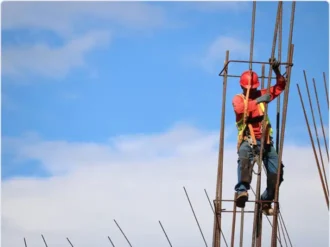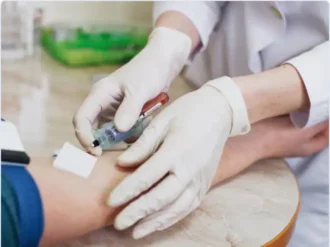Introduction
When it comes to matters of special education, workers have to balance out their own health and safety with the rights and needs of students with special education needs (SEN). Often times, this means that employers must amend their safety training and related policies in a manner that addresses specific people and teaching situations.
Potential Hazards
Common health risks encountered by workers in special education include:
Contagious Diseases.
Educational institutions cannot exclude students who pose health and safety concerns to their employees or other children. As such, teachers responsible for these students are required to abide by a strict plan related to bloodborne pathogens. Usually, this involves a report protocol in case of exposure, a complete set of personal protective equipment, as well as a series of behavior support plans that can reduce or eliminate disruptive behavior. For students who spit, scratch or are known to bite, face shields, bite guards, and appropriate clothing will be required.Physical Violence.
Children with special needs require an increased amount of attention and effort from the people around them. Employees must be fully prepared for students to pull at them, their clothing, or their hair. Screaming or loud vocalization are also a distinct possibility, which means ear protection will be required in order to prevent long-term hearing damage. Certain conditions predispose students to even more violent behavior, such as biting. In these cases, additional protective gear will be necessary.Musculoskeletal Disorders.
People who have to work with SEN students are known to be exposed to a higher risk of MSDs. Whether it’s having to sit in uncomfortable positions for extended periods of time, constantly move from one straining situation to another, or pick up dropped items, the teacher’s correct posture will be challenged on a daily basis. The lack of healthy habits in this respect will lead to a decline in overall health and the on-set of an MSD.Getting Struck by Objects.
Another known risk for people working in special education is being struck by flying objects. Although this doesn’t often lead to injury, teenagers are physically capable of throwing heavier items. Should any of these hit a sensitive body part, light and even serious injury are likely.
Incident Prevention
Given the increased number of health risks associated with SEN pupils, employees in this field have to take additional precautions in order to ensure their safety, as well as that of their students. Depending on the students themselves, additional safety courses will be required on a regular basis.
The good news is that all potential hazards can be mitigated given appropriate safety training. Whenever working around SEN pupils, wearing the right clothing or personal protective equipment will prevent them from causing injuries when pulling or scratching.
Respiratory and face protection will safeguard employees against diseases that are airborne or transmitted through saliva or blood, while behavior support protocols will diminish the odds of disrupting behavior occurring in the first place.
Recommended Safety Courses



What You Can Do to Stay Safe
As a special education worker, the best way to stay safe is to have a strict plan of action for each type of incident and always be prepared to deal with the hazards of working with special needs students. Your institution will also have a series of protocols in place for different needs.
Canadian authorities require that employers not only inform their staff about their occupational hazards, but also provide them with sufficient safety training to manage the latter. Despite this, accidents and injuries are reported on a yearly basis, which is why it is vital for employees to constantly update their safety knowledge.
If you’re applying for a special education position, having completed the necessary safety courses will give you a better understanding of your future job, as well as a practical advantage at your interview. For a comprehensive list of safety courses best suited for this position, please consult our Education and Research industry page.

